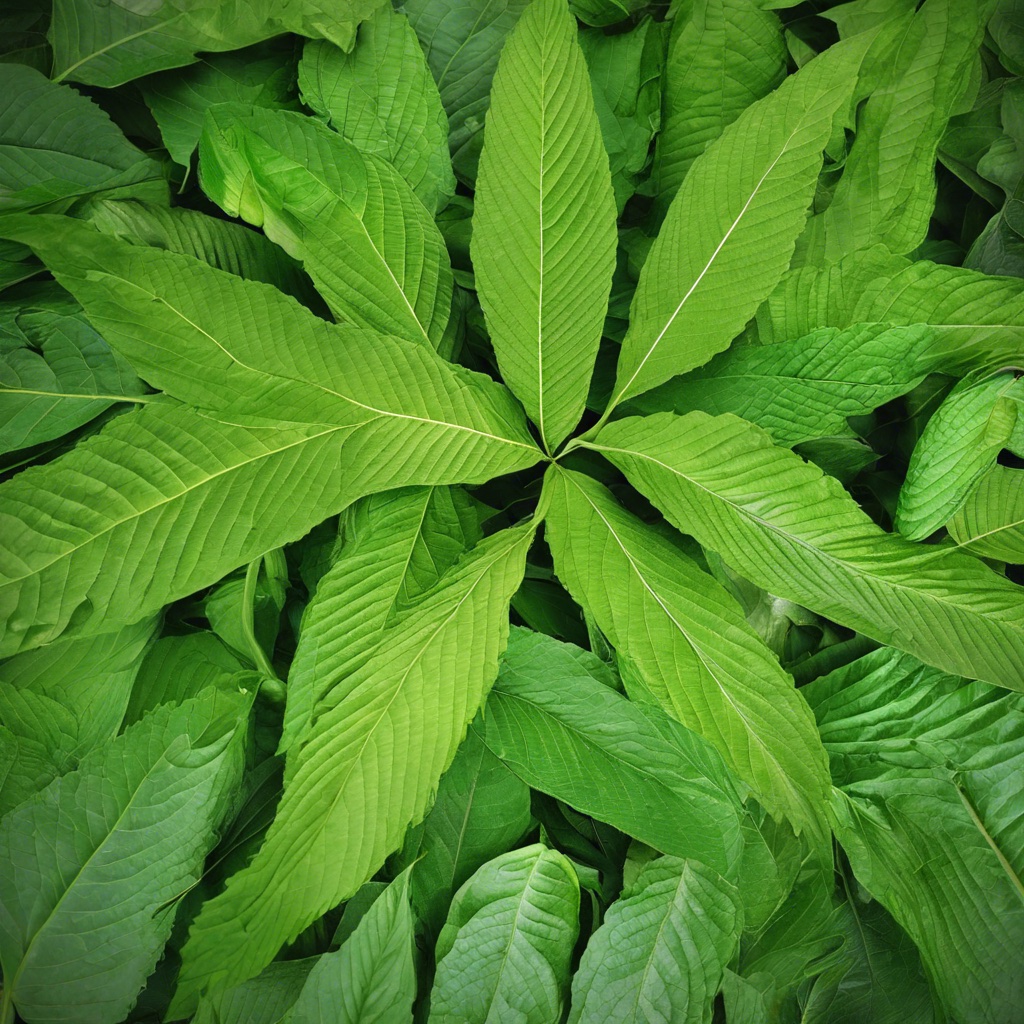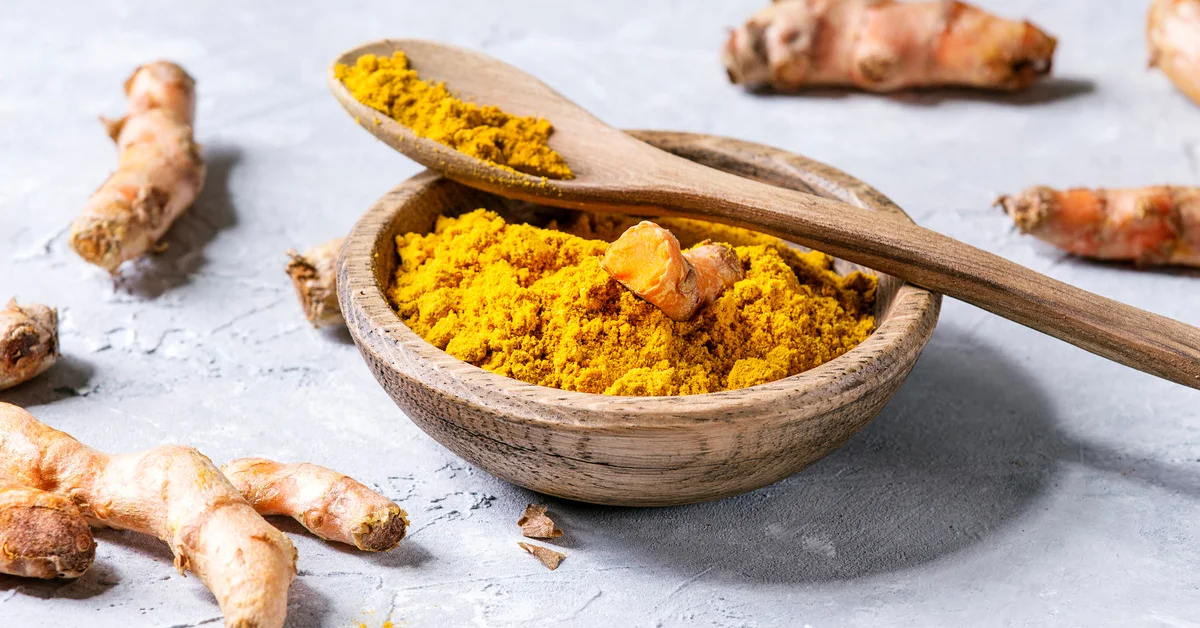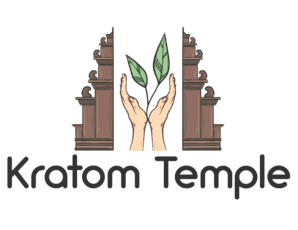
Buy Premium Kratom in Toronto, Ontario with Kratom Temple
The Ultimate Guide To Buying Kratom In Toronto: Your Go-To Source For Quality Kratom If you’re searching for high-quality kratom,

In an era where natural solutions for health and well-being are increasingly sought after, two plants have garnered considerable attention: turmeric and kratom. Hailing from diverse corners of the world, these botanicals have been extensively studied for their potential health benefits and have been ingrained in various cultural traditions for centuries. This article delves into the distinctive characteristics and applications of turmeric and kratom, shedding light on their exceptional contributions to holistic wellness.
Turmeric, scientifically referred to as Curcuma longa, is a vivid yellow-orange spice extracted from the roots of the turmeric plant. Native to Southeast Asia, it has been a cornerstone of traditional Chinese and Ayurvedic medicine for over four millennia. Beyond its role in culinary practices—such as enhancing curries and other dishes—turmeric has gained renown for its potential healing properties.
The primary bioactive compound within turmeric is curcumin, renowned for its potent antioxidant and anti-inflammatory effects. Curcumin has been linked to an array of health advantages, including better joint health, enhanced cognitive function, and potential anti-cancer properties. Yet, curcumin’s bioavailability is somewhat limited, prompting researchers to explore methods for augmenting its absorption via supplements or combination with other compounds.
Kratom (Mitragyna speciosa) is a tropical tree native to Southeast Asia, particularly countries like Thailand, Indonesia, Malaysia, and Papua New Guinea. Its leaves have been employed for centuries due to their stimulating and pain-relieving attributes, as well as their role in traditional ceremonies.
Kratom comprises numerous alkaloids, with mitragynine and 7-hydroxymitragynine taking center stage. These alkaloids interact with brain opioid receptors, resulting in pain relief and mood elevation. Nevertheless, kratom’s effects are intricate and can vary based on strain and dosage.
While both turmeric and kratom present potential health benefits, it is essential to proceed with caution and informed decision-making. Here are key factors to bear in mind:
Turmeric and kratom epitomize nature’s finest offerings, each boasting a unique spectrum of potential health advantages. From turmeric’s anti-inflammatory and antioxidant prowess to kratom’s possible pain-relief and mood-enhancing qualities, both have etched their mark in traditional practices and contemporary wellness regimens. Yet, responsible usage, moderation, and consultation with healthcare professionals are indispensable to ensure a secure and advantageous experience. As the quest for alternative remedies continues, these two exceptional plants will likely remain at the forefront of discussions surrounding natural health.

The Ultimate Guide To Buying Kratom In Toronto: Your Go-To Source For Quality Kratom If you’re searching for high-quality kratom,

Exploring the World of Buying Kratom in Montreal: A Guide to Purchasing Quality Products from Kratom Temple Introduction: Montreal, a
Subscribe to our newsletter and unlock exclusive discounts!

© Copyright 2025 Kratom Temple
All Rights Reserved
© Copyright 2025 Kratom Temple | All Rights Reserved